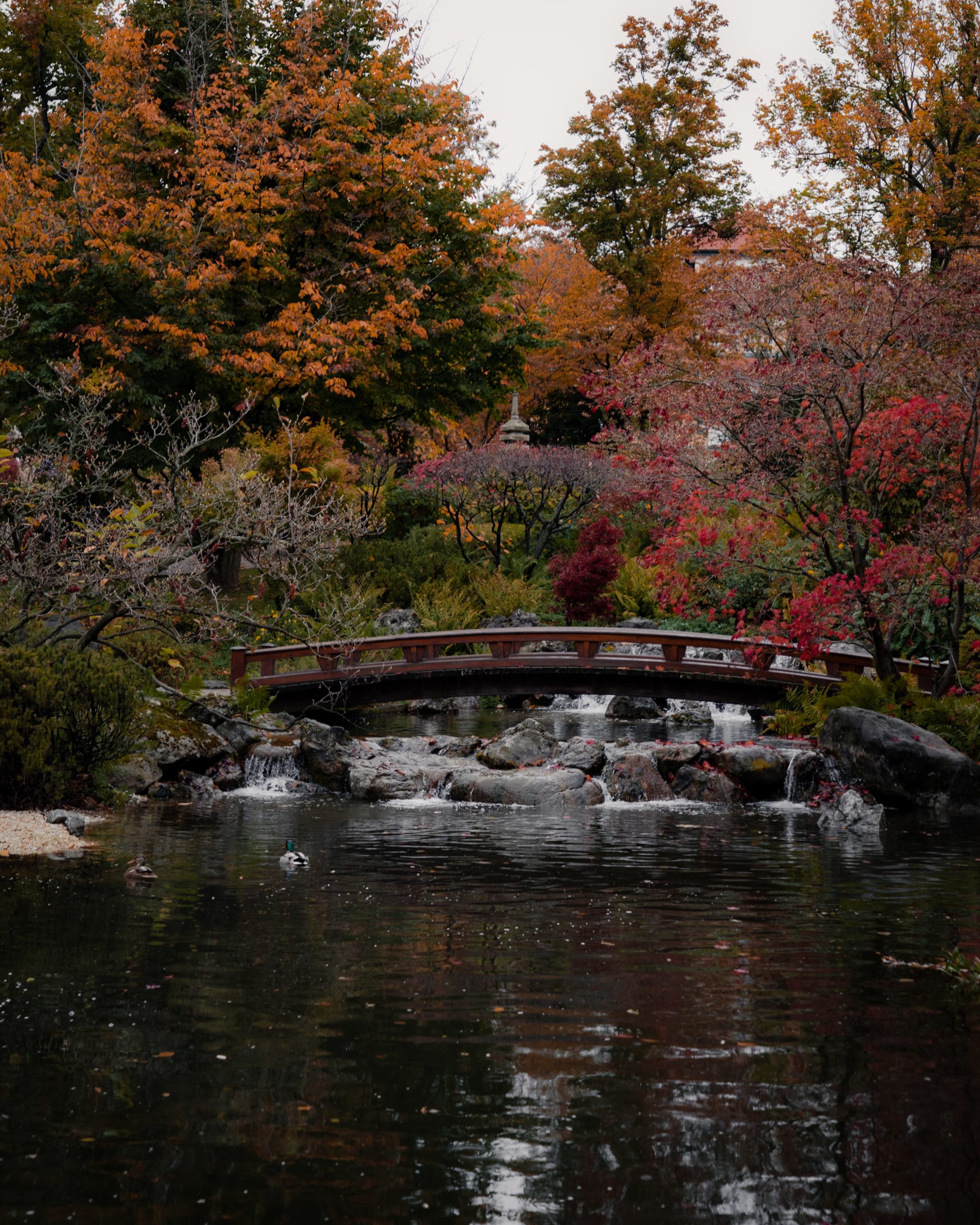Japanese gardening is a cultural form of gardening in which trees, shrubs, rocks, sand, artificial hills, ponds, and flowing water are used as art forms to create a scene that is as natural as possible. Zen and Shinto traditions are also important in Japanese gardening, and as a result, the gardens have a peaceful and reflective atmosphere. Japanese gardening is very different from Western gardening, and many people believe it is significantly more meditational and soul relaxing.
There are three fundamental strategies for creating scenery in Japanese gardening. The first is a smaller scale. Reduced scale is the art of reproducing an actual scene from nature, including mountains, rivers, and trees, on a smaller scale. Generalization and abstraction are involved in symbolization. One example would be to use white sand to represent the ocean. Borrowed views are artists that employ something like an ocean or a forest as a background but end up making it a significant component of the picture.
There are two types of Japanese gardening: tsukiyami, which is a hill garden made up primarily of hills and ponds, and zen. The other is hiraniwa, which is the polar opposite of tsukiyami in that it is a flat garden with no hills or ponds.
Rocks, gravel, water, moss, stones, fences, and hedges are the primary components used in Japanese gardening. Rocks are frequently used as centerpieces and add a spiritual presence to the garden. Rocks, according to Shinto belief, represent the spirits of nature. Gravel is utilized as a defining surface and, when appropriately organized, can resemble the flow of water. Stones are used to form a boundary and are sculpted into lantern shapes. A Japanese garden must include water, whether in the form of a pond, stream, or waterfall. It can take the physical form of water or be represented by gravel, but water is essential to the balance of a Japanese garden.
There are several forms and types of plants that are distinctive of Japanese gardening, the most prominent of which is Bonsai. Bonsai is the art of training common, everyday plants like Pine, Cypress, Holly, Cedar, Cherry, Maple, and Beech to resemble large, old trees in miniature form. These trees range in size from five centimeters to one meter and are kept small by pruning, re-potting, growth pinching, and branch wiring.
Japanese gardening is a centuries-old tradition. Poet Muso Soseki once said, “Gardens are a root of transformation.” A Japanese garden will elicit a wide range of emotions and will undoubtedly transform your experience.

